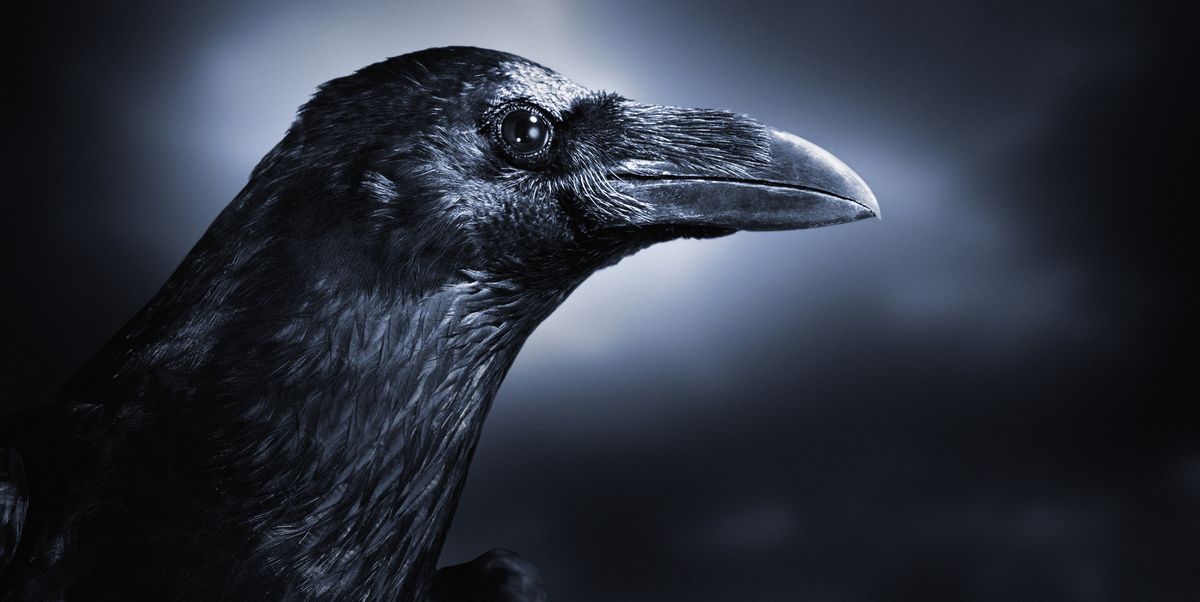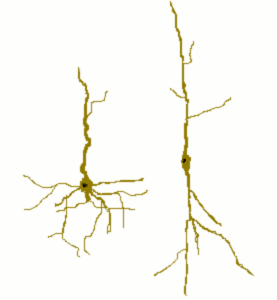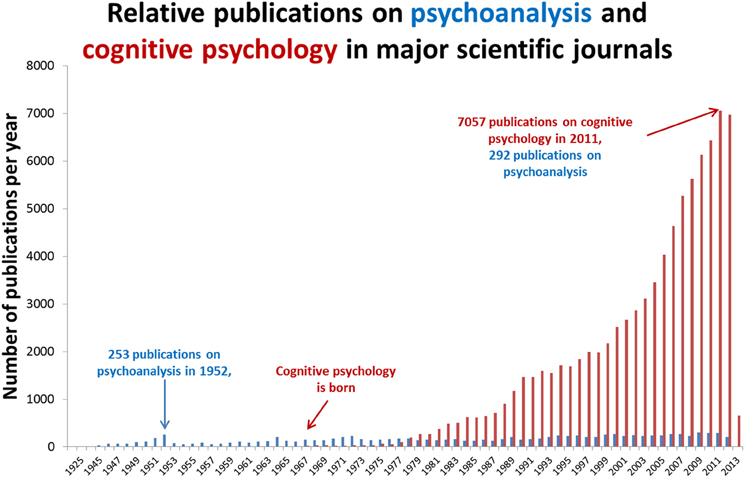David Baxter PhD
Late Founder
What is consciousness?
Michael S. A. Graziano, TEDTalks
Feb 11, 2019
Explore the theories of human consciousness and the science of how your brain works to create a conscious experience.
Michael S. A. Graziano, TEDTalks
Feb 11, 2019
Explore the theories of human consciousness and the science of how your brain works to create a conscious experience.










